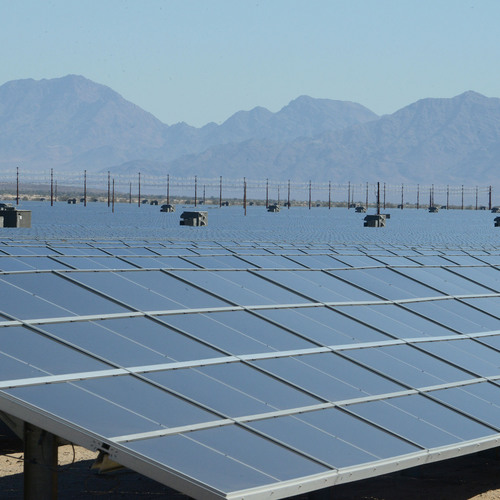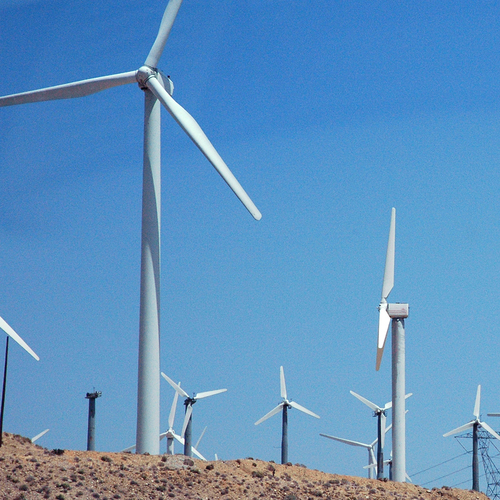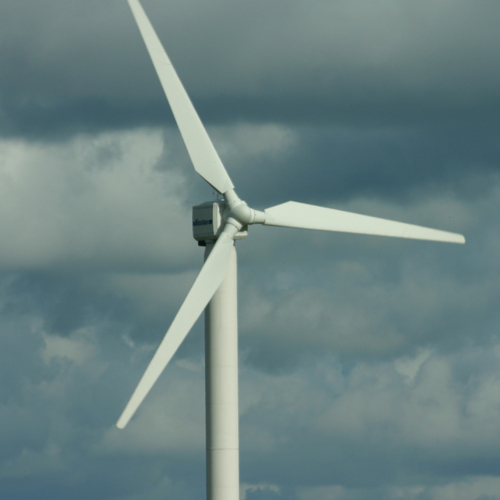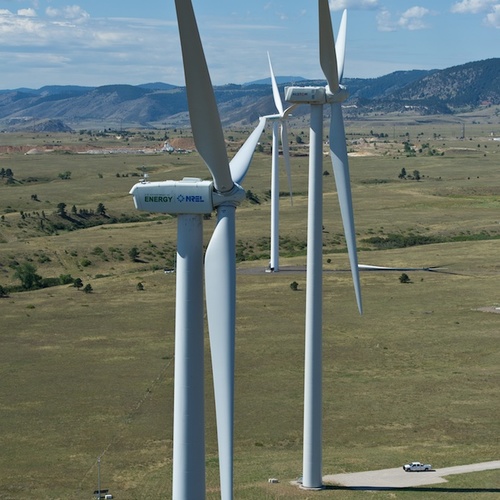
Image Credit: Noob Photographer under license by Flickr
On August 11, a federal court set aside the U.S. Fish and Wildlife Service (FWS) rule allowing 30-year permits to “take” bald and golden eagles. In an industry born from tax credits and government energy policies, an interruption of one of those key policies can bring wind turbine construction to a halt.
The Bald and Golden Eagle Protection Act, which was enacted in 1940, imposes criminal and civil penalties against “whoever” shall “take, possess, sell, purchase, barter, offer to sell, purchase or barter, transport, export or import” bald and golden eagles, except as permitted by the Department of Interior Secretary.
On September 11, 2009, FWS issued regulations for the first time that “authorize limited take of bald eagles … and golden eagles .., for 5 years or less, where the take is not the purpose of the activity but is a foreseeable consequence of that activity.” The 2009 regulations themselves included but a few references to wind turbines. For instance, FWS cited “a company interested in siting a wind-power facility” as an example of an entity that “may qualify for a programmatic take permit” (74 Fed. Reg. at 46,842).
Soon after the five-year rule was issued in 2009, there was a substantial increase in the development of wind power for renewable energy purposes. Because “eagles can be killed by colliding with structures such as wind turbines,” FWS developed the Eagle Conservation Plan Guidance for the wind industry to “help project operators in complying with regulatory requirements and avoiding the unintentional ‘take’ of eagles at wind energy facilities.”
Industry cites uncertainty of five-year limit
One issue not addressed by the guidance “was the wind industry’s extensive comments that the five-year maximum tenure of permits under the Eagle Take Rule is fundamentally unworkable for the industry considering the life of most wind projects is 20 to 30 years.” The industry’s chief complaint was that the uncertainty surrounding the renewal of five-year programmatic eagle take permits was preventing operators from obtaining the necessary 30-year financing for wind energy projects.
On December 9, 2013, the FWS adopted a “strictly administrative” rule increasing the maximum duration of programmatic permits to take bald and golden eagles from five years to 30 years, which I wrote about in the blog post Okay to Kill Eagles with Wind Turbines But Not with Solar Panels.
However, the court in Shearwater et al. v. U.S. Fish and Wildlife Service et al., concluded that FWS failed to show an adequate basis in the record for deciding not to prepare an EIS [environmental impact statement], much less an EA [environmental assessment] prior to increasing the maximum duration for programmatic eagle take permits by six-fold.
Clean energy doesn’t trump agency’s obligations
While promoting renewable energy projects may well be a “worthy goal, it is no substitute for the [agency’s] obligations to comply with NEPA and to conduct a studied review and response to concerns about the environmental implications of major agency action.” Accordingly, the Court held that FWS violated its procedural requirements and that the 30-year rule must therefore be set aside.
The practical effect of this court ruling is less than clear because despite creating uncertainty in the wind turbine business and hardening beliefs that the Obama Administration is attempting to pick winners and losers in energy, FWS is today considering new regulations in this area.
At the same time that the proposed 30-year rule was published, FWS issued an Advance Notice of Proposed Rulemaking, considering comprehensive changes to the 2009 regulations. On June 23, 2014, FWS stated its intent to prepare an EIS or EA on these changes allowing wind turbines to kill eagles (but not solar panels or even electric transmission lines?).
Stuart Kaplow is an environmental attorney and the principal of the law firm Stuart D. Kaplow, P.A. This post was originally published at Green Building Law Update.
Weekly Newsletter
Get building science and energy efficiency advice, plus special offers, in your inbox.















One Comment
I've said it before
The green weenies hate of "Big Oil" won't be satisfied by alternative energy. They won't be anymore satisfied by BIG SOLAR and BIG WIND.
Log in or create an account to post a comment.
Sign up Log in